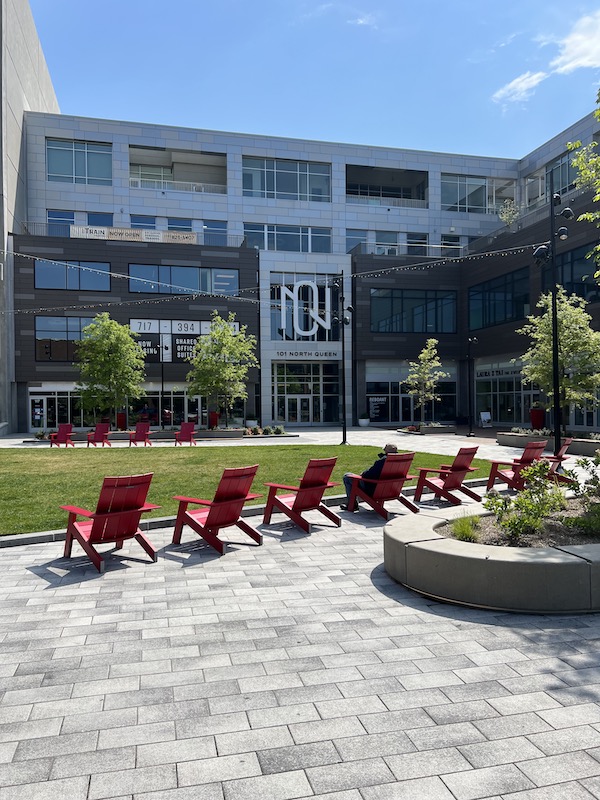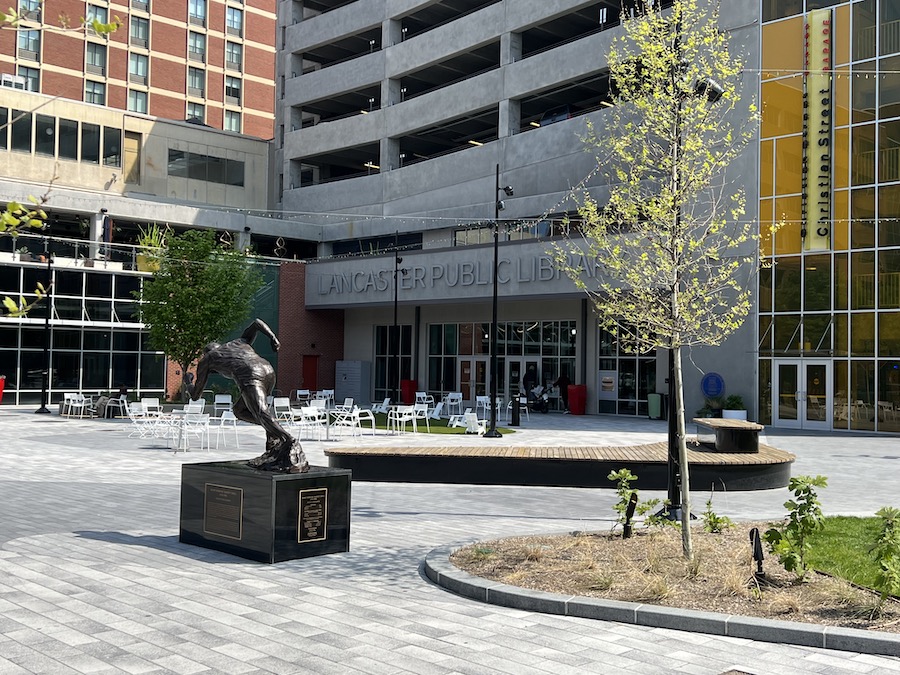This article was originally published in the Harrison County, WV News & Journal on April 10, 2023

This past week, I had the opportunity to visit the City of Lancaster, Pennsylvania. Lancaster is a historic city and has the distinction of serving for one day as the temporary capital of the United States during the American Revolution. The city was founded in 1729 and incorporated as a borough in 1742 and incorporated as a city in 1818. It is one of the oldest inland cities in the United States and served as capital of Pennsylvania from 1799 to 1812. The first long-distance paved road in the United States was the former Philadelphia to Lancaster Turnpike. The turnpike was paved with stone the entire distance and overlaid with gravel. The cost of the turnpike was $450,000, a huge sum at the time.
The current city has a population of nearly 60,000 residents, with nearly a third being of Puerto Rican heritage. The city celebrates its Puerto Rican heritage with a festival each year. The city also is well known for the concentration of Amish and Mennonite communities. Many of the residents live along tree-lined streets that look much like they did over a hundred years ago. The downtown has a mix of businesses and has mixed some newer buildings among the historic stone buildings of years past. The Central Market, built in 1889, is the oldest continuously run farmer’s market in the United States and features handmade Amish goods that are popular with tourists.

I really enjoyed spending some time in the downtown district that featured a large town square, surrounded by stores, restaurants and the Lancaster Public Library. Red Adirondack chairs are lined up and become a popular place for people to relax and take in the sights. A feature that seemed to be popular with both young and old was swings, suspended from black metal structures. I’ve seen these swings in some other cities and I think they are a good attraction. The area was well kept, and a gentleman was sweeping up and keeping things in place. His blue shirt said he was part of the Lancaster Downtown Improvement District, a group founded in 1992, that keeps the downtown attractive and clean. These districts are formed and funded by the property owners and businesses in the district and can really make a difference in the economic viability of the downtown.
The reason for my visit to Lancaster was to introduce Matt Grandinetti of Duke’s Root Control to officials with the city. Duke’s Root Control works with many cities in Pennsylvania and is interested in meeting with city officials throughout the state to explain the innovative way to address issues with public sewer systems. In older cities, like Lancaster, root intrusion can wreak havoc with sewer infrastructure and cause backups and service interruptions. Using Duke’s system, the sewers can be treated with an environmentally friendly process that kills the roots in the pipes without damaging the trees or above ground vegetation. It doesn’t involve digging up pipes in the ground which can cost hundreds of thousands of dollars and cause major disruptions.

I’m looking forward to a return visit to Lancaster, soon, to meet Mayor Danene Sorace, who is the 43rd Mayor of Lancaster and only the second woman to hold the mayor’s seat. Mayor Sorace worked for an environmental organization prior to becoming mayor and launched the city’s first ever green infrastructure plan. I left a signed copy of my book, The Amazing City-7 Steps to Creating an Amazing City, with her Executive Assistant, Bernie Burkholder and look forward to spending some more time hearing about this historic, Amazing city!






